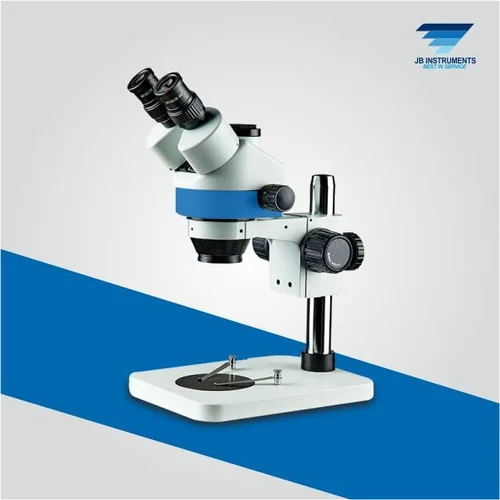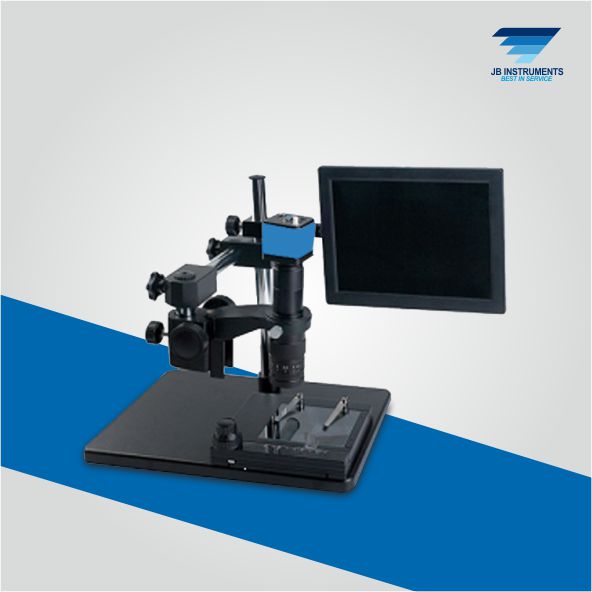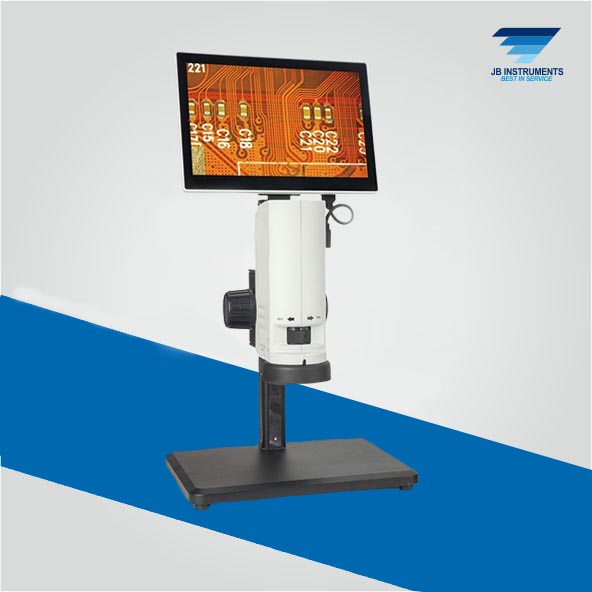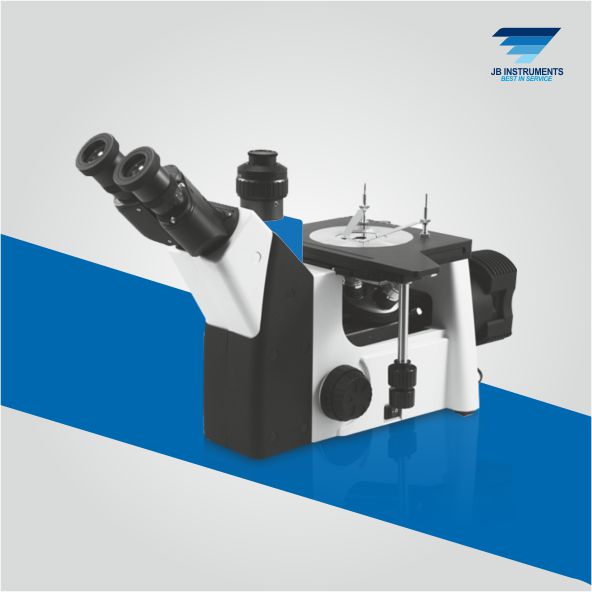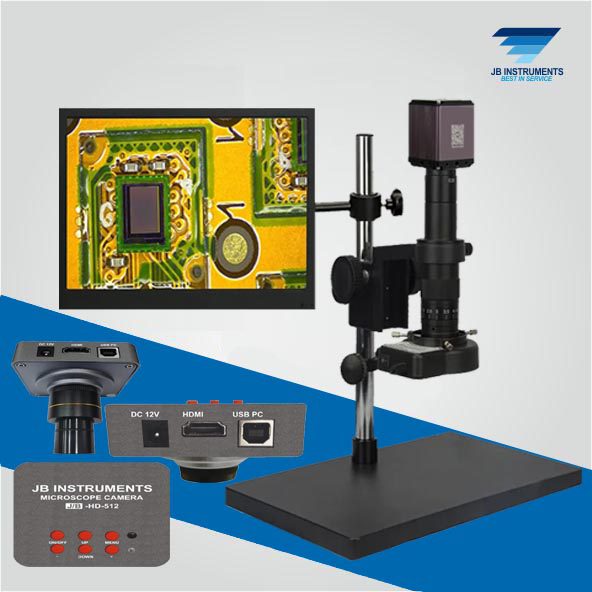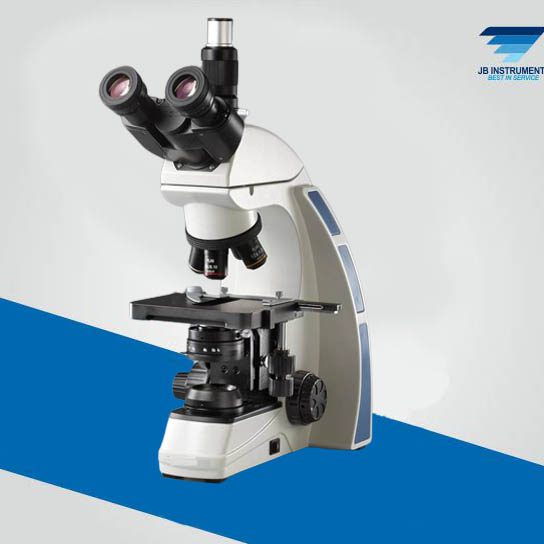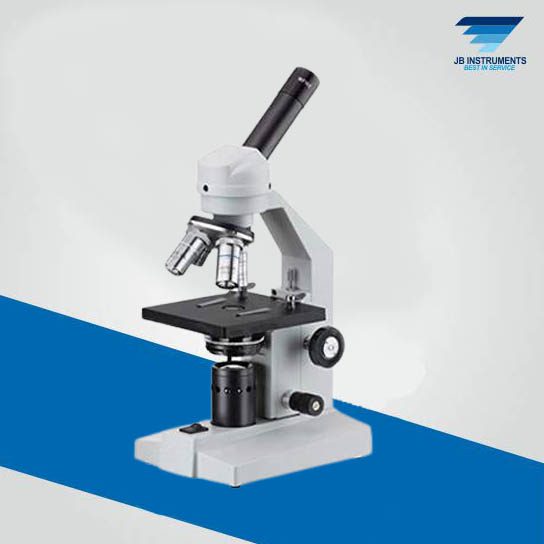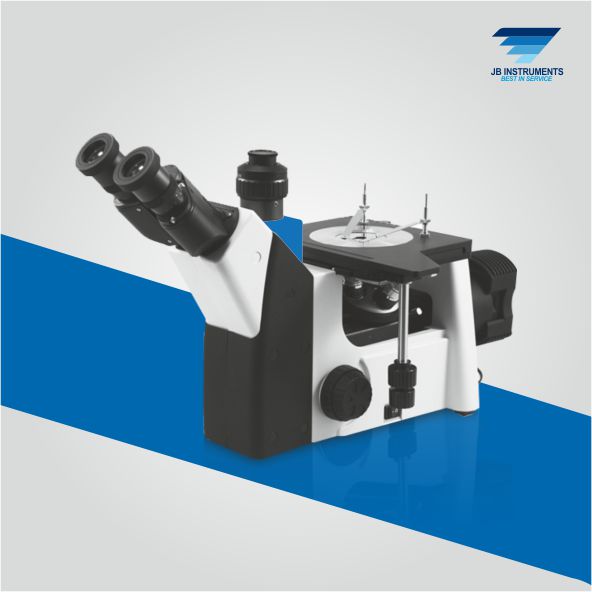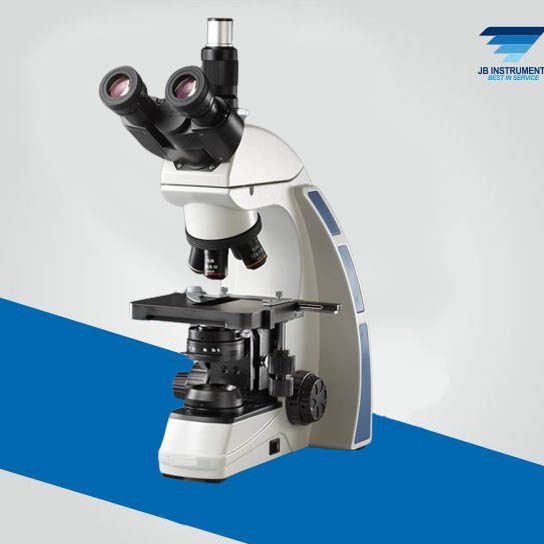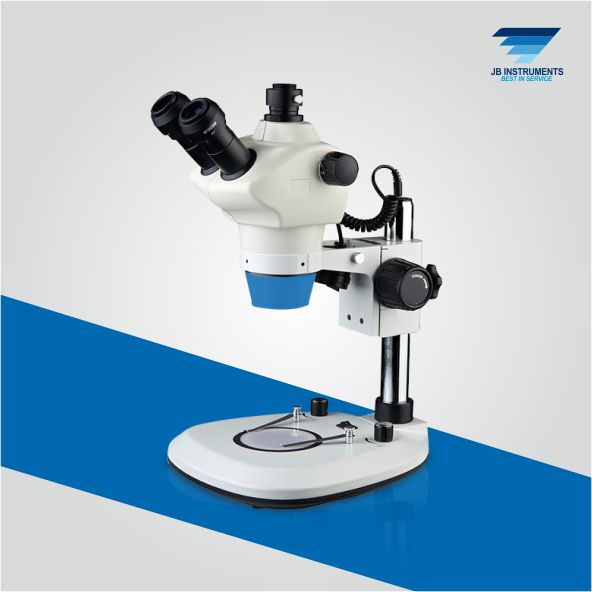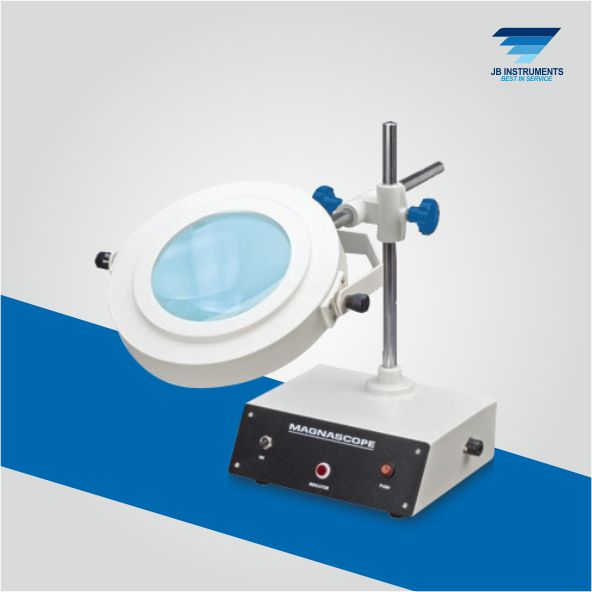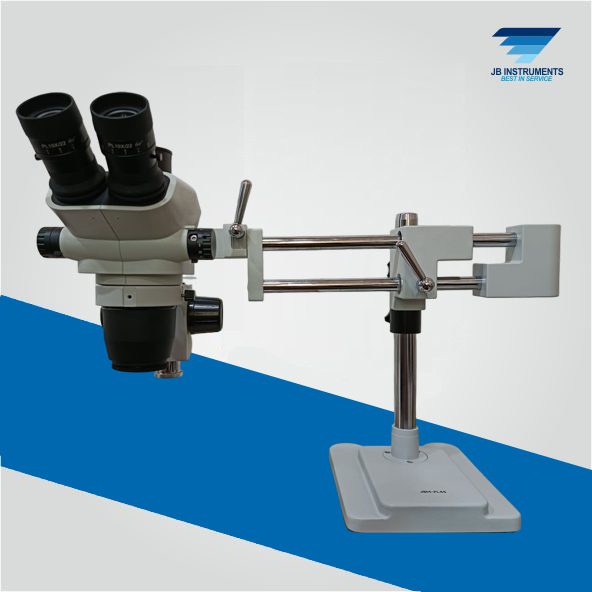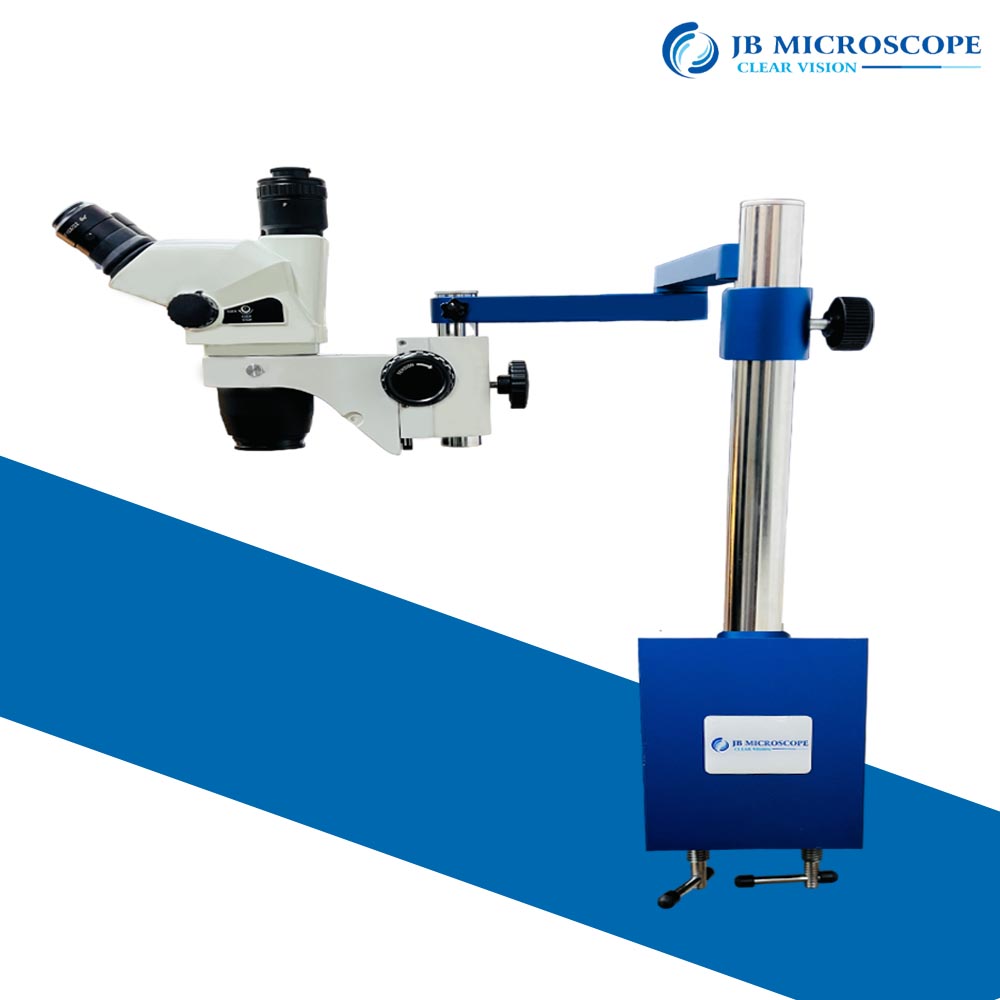A binocular stereoscope microscope, also known simply as a stereomicroscope or dissecting microscope, is a type of optical microscope that provides a three-dimensional view of the specimen. Unlike compound microscopes that are commonly used for observing thin slices of specimens on glass slides, stereomicroscopes are designed for viewing larger and opaque objects in three dimensions.
Here are some key features and components of a binocular stereoscope microscope:
- Binocular Head: The microscope has a binocular (two eyepieces) viewing head, allowing for comfortable and natural viewing with both eyes. This provides a more immersive and less fatiguing experience compared to monocular microscopes.
- Objective Lenses: Stereomicroscopes typically have two separate optical paths for each eyepiece, with zoom or fixed objective lenses. The use of objective lenses with lower magnification allows for a larger field of view and increased depth perception.
- Zoom or Fixed Magnification: Stereomicroscopes can have either zoom magnification or fixed magnification settings. Zoom stereomicroscopes allow continuous adjustment of magnification within a specified range, providing flexibility in observing the specimen at different magnification levels.
- Illumination: Depending on the model, stereomicroscopes can have incident (from above) or transmitted (from below) illumination. This illumination helps to illuminate the specimen and improve visibility.
- Focus Controls: Stereomicroscopes have separate coarse and fine focus controls to bring the specimen into sharp focus. The ability to focus on different planes of the specimen contributes to the three-dimensional view.
- Interpupillary Adjustment: The distance between the eyepieces can be adjusted to accommodate the user’s inter-pupillary distance, ensuring a comfortable viewing experience.
- Working Distance: Stereomicroscopes have a relatively large working distance, which is the distance between the objective lens and the specimen. This allows for manipulation and examination of the specimen using tools or instruments.
- Applications: Stereomicroscopes are commonly used in fields such as biology, botany, geology, electronics, and materials science. They are ideal for tasks that require the observation and manipulation of three-dimensional objects, such as dissection, assembly, or inspection of larger specimens.
Stereomicroscopes are versatile tools that find applications in various scientific and industrial settings due to their ability to provide a three-dimensional view of objects.
